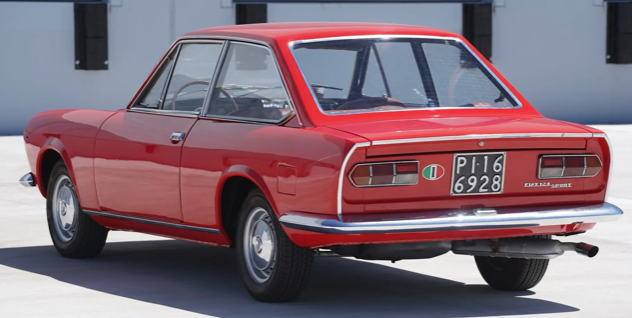Cadillac annual production was consistently in the 200,000 to 400,000 range from the early 1970s into the early 1990s. Then in 1995 the numbers fell to below 200,000. Why?
I don't know all the contributing factors. Maybe some business school case studies have done something like that. I do think that the advent of Toyota's Lexus brand in 1989 might have been one, though its sales did not ramp up from initial levels until 1998. Then there was the prestige image of German brands Mercedes, BMW and Audi that had been encroaching on what was once Cadillac's supremacy in America. Other rivals for luxury car dollars included Lincoln and Nissan's new-for-the-1990s Infiniti.
Might the cause have been Cadillac's mid-1990s styling? Let's consider that.
This post deals with the Cadillac
Fleetwood of model years 1993-1996, and the seventh-generation (according to Wikipedia)
DeVille of 1994-1999. The former had rear-wheel drive on a 121.5 inch (3,086 mm) wheelbase, whereas the latter was front-wheel drive on a wheelbase of 113.8 inches (2,890 mm). The Fleetwood was built on General Motors' D platform, the DeVille on the K platform.
Despite those differences, the cars looked similar. Photos below are of cars listed for sale.
Gallery
1993 Cadillac Fleetwood Brougham
Broughams seem to have had vinyl top covering, whereas ordinary Fleetwoods didn't.
1994 Cadillac DeVille
Windshields seem to be the same. Due to its FWD layout, the DeVille's front is slightly longer. Frontal styling shares the same theme, though detail vary -- but not by much. For example, the DeVille's grille is shorter, the headlight assemblies have a slightly more angular plan-view.
1993 Cadillac Fleetwood Brougham
Side views are also nearly the same.
1994 Cadillac DeVille Concours
Side windows and the rooflines forward of the C-pillar seem the same, as do the forward doors, fenderline, and wheel openings. The Fleetwood's greater length is found abaft of the front wheel opening and forward of the aft wheel opening.
The Fleetwood's passenger compartment greenhouse has a wider C-pillar, in part due to the vinyl cladding.
Rear styling is essentially the same.
1993 Cadillac Fleetwood
Closer looks at the front ends.
1994 Cadillac DeVille
Fleetwood annual production for 1993-95 (in thousands) was 32, 27, 16. For DeVille, same years: 131, 120, 92. Pre-redesign 1993 DeVilles included coupes, but only sedans were offered starting in '94. Total U.S. production for those years in millions was 10.855, 12.239, 11.995. Not much of a decline for 1995. Brands that had noticeable production drops 1994-95 were Cadillac, Buick, Oldsmobile from General Motors, Ford's entire line, and Chrysler's Plymouth brand.
Was styling a factor in Cadillac's sales drop after the 1994 model year? Probably not, if Fleetwood production offers a clue. Its new 1993 design showed a moderate decline for 1994 and then a serious drop the next year. Whereas styling of the Fleetwoods and DeVilles shown above was competently done, it also was not particularly distinctive. More likely the problem had to do with a shift in the midrange-to-luxury buying public's perception of General Motors.


























































